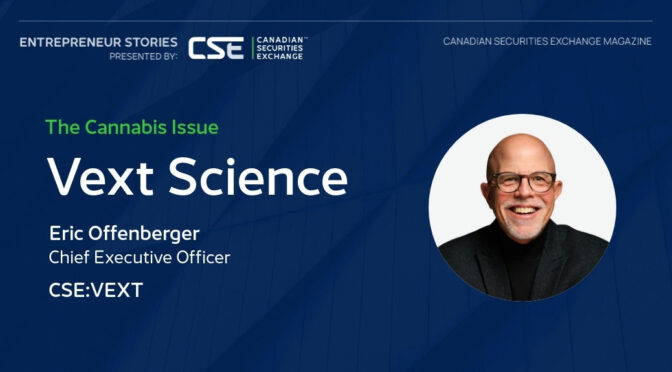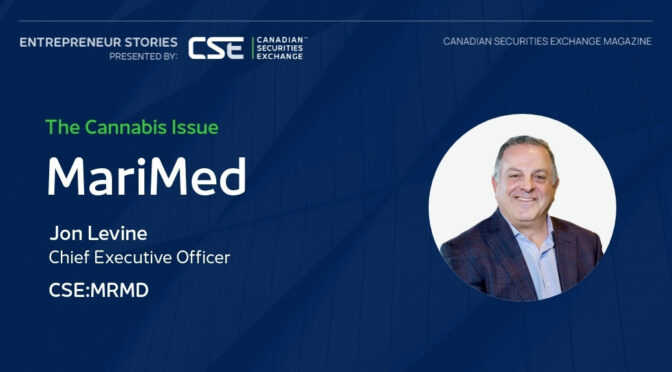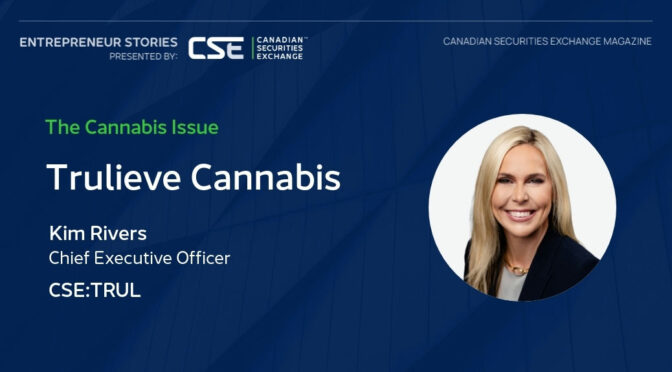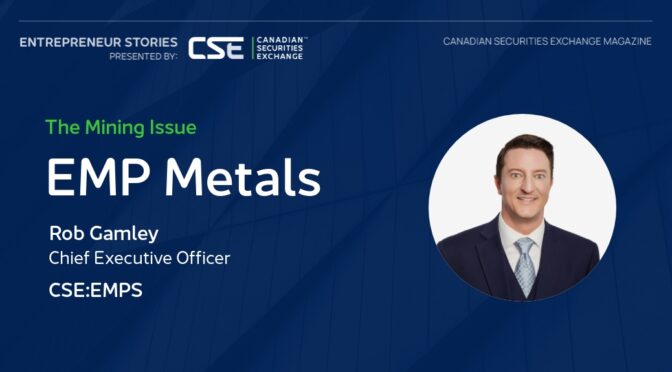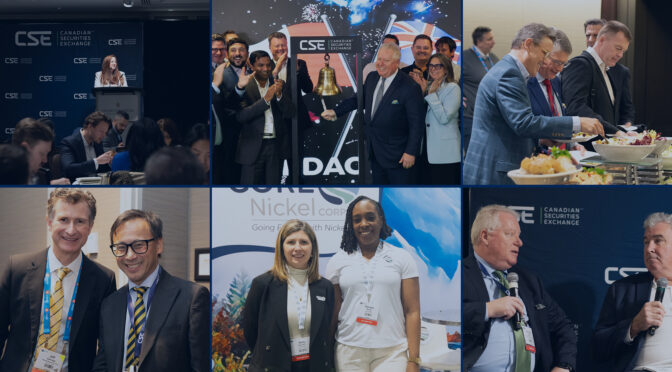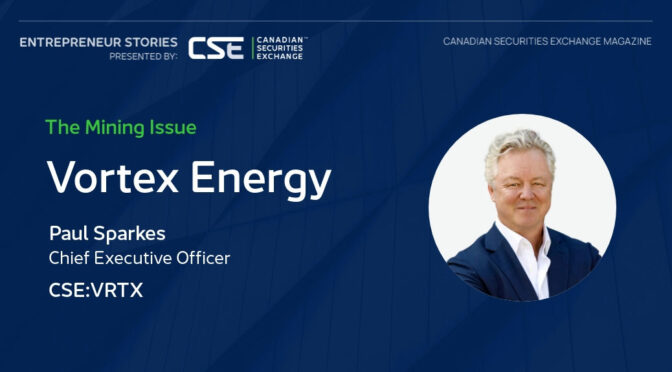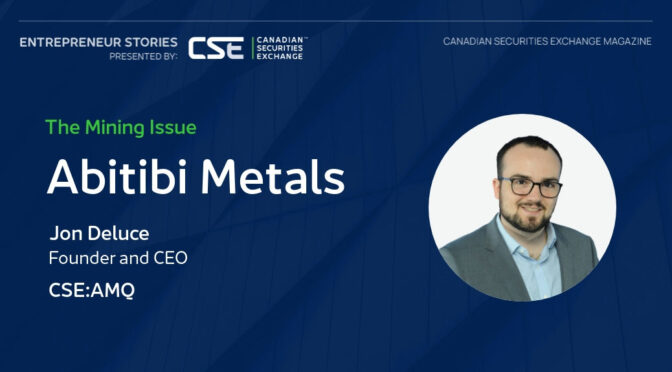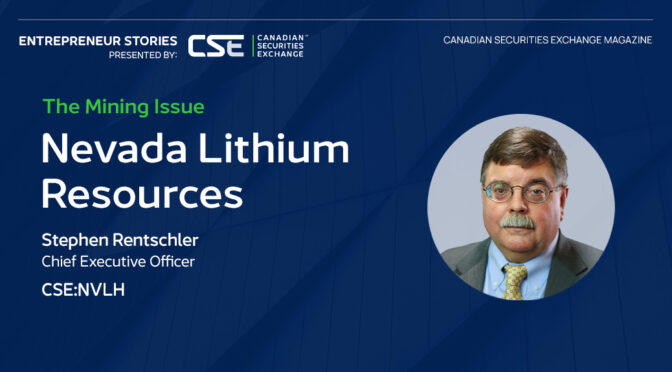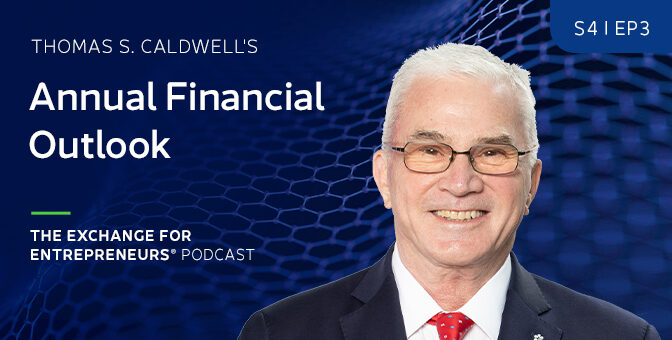U.S. multi-state operator (MSO) Vext Science (CSE:VEXT) is looking forward to big federal and state catalysts that it and others in the cannabis sector have long been preparing for.
The vertically integrated cannabis company has established a significant footprint in its main markets of Arizona and Ohio. Vext is well known for state-of-the-art cultivation facilities, fully built-out manufacturing operations and dispensaries where consumers often choose its Vapen brand, one of the top-performing THC concentrate, edible and distillate cartridge brands in Arizona.
The company has made a big push into Ohio as that state prepares to transition from a medical cannabis market to an adult-use one. In early June, the state began accepting applications for dispensaries seeking to sell recreational cannabis.
This shift is anticipated to significantly reduce the illicit market and provide easier access for consumers who do not want to obtain a medical cannabis card.
Meanwhile, the U.S. Drug Enforcement Administration’s recent announcement about rescheduling cannabis from a Schedule I to a Schedule III drug will have beneficial tax implications for companies in the industry and could potentially lower costs for consumers.
Vext generated approximately US$4.4 million in net income after tax in the year ended December 31, 2023, and anticipates significant growth with the upcoming launch of the adult-use program in Ohio. The company will be well positioned with a Tier I cultivation facility, a manufacturing facility and four dispensaries in the state. It also sees potential for three additional adult-use licences based on proposed new dispensary caps in Ohio, which would give it the opportunity to operate a total of seven dispensaries in the state.
In a recent interview with Canadian Securities Exchange Magazine, Vext Chief Executive Officer Eric Offenberger discussed how strategic vision and a commitment to operational excellence position Vext to thrive in a market characterized by constant change, plus what the company’s plans are to capitalize on the opportunities that lie ahead.
Vext is a vertically integrated MSO with operations in Arizona and Ohio. What sets the company apart from its peers?
One of the key differentiators is our cautious approach to growth. We identified states with vertical integration and a limited number of licences to make better and more sustainable returns. We’ve also been prudent with our capital and balance sheet structuring, always considering what growth we could support and what our shareholder base could support.
Our philosophy differed from others who expanded broadly; we focused on depth rather than breadth. We also entered the market later, going public in May 2019, which allowed us to learn from others’ experiences and avoid some of the pitfalls.
Your Q4 and full-year 2023 results show a slight decline in revenue from a year earlier but a notable increase in earnings before interest, taxes, depreciation and amortization (EBITDA). What were the key drivers behind this improved profitability?
The magnitude of the increase in EBITDA needs to be considered in context as it includes a bargain purchase price for our Ohio asset, which led to an increase in EBITDA. We’ve been funding Ohio from Arizona for a couple of years.
The cannabis industry, like any other, is affected by inflation impacting consumer spending. Until this year, Arizona was the primary operational state funding our Ohio expansion. Now, with Ohio becoming operational, we’re seeing results, and we expect to see both revenue and cash flow ramp up significantly as adult-use comes online through the second half of the year.
With Ohio’s adult-use market projected to reach US$4 billion by 2028, how is Vext preparing to capture market share there?
From day one we knew we wanted to be vertically integrated and to focus on a footprint that would enable us to capture incremental wholesale profit in the early years of the market, while scaling only to the level where we could fully supply our own dispensaries over the medium and longer terms. Being vertical and supply-demand matching within your own operations is key to long-term success in these markets. Additionally, Ohio’s structured limitations on storefronts and cultivation prevent oversaturation, making it an advantageous market for us.
Through acquisitions, we have assembled a portfolio that includes a Tier 1 cultivation facility, manufacturing operations and four dispensaries. The latest of those dispensary acquisitions closed in March 2024.
Ohio’s transition from a medical to an adult-use market is important given our exposure in the state. The potential customer base expands dramatically, presenting an intriguing opportunity. We’ve invested heavily in Ohio, using our Arizona assets and additional capital to fund this growth. We believe this positions us well to benefit from Ohio’s growing market.
The Arizona market is quite competitive. How is Vext positioning itself to maintain and potentially increase market share in that environment?
Arizona is experiencing an oversupply issue, with many cultivators entering the market and driving down prices. Inflation is also impacting consumers’ disposable income, leading to decreased spending.
We’re focusing on cost control and price discipline, ensuring efficiency in our operations. Despite the challenges, our vertically integrated model in Arizona helps us mitigate risks better than those heavily reliant on wholesale markets. While the market is down, we are only down about half as much. And this is a fantastic long-term market as supply and demand come into balance, as they always do in the long term. The population is expected to keep growing.
What strategies are you employing to handle these pressures?
We’re focusing on cost control, price discipline and inventory management. Basic business principles apply here, and we’ve been diligent about maintaining these even during better times. In Ohio, we anticipate a broader customer base, which will allow for growth in a more controlled market environment.
Can you comment on the innovative strategies Vext has implemented at the dispensary level?
We introduced “speed ” windows, similar to bank teller windows, allowing customers to quickly pick up online orders. This innovation improved customer traffic and transaction volume, outpacing state averages. It’s an example of how small changes can significantly impact operational efficiency and customer satisfaction.
As someone who has transitioned from COO to CEO and with your background in MSOs and manufacturing, what lessons have you learned about running a successful cannabis company?
My background in retail, distribution and manufacturing shaped my view of cannabis as a commodity like any other. Consumers seek value, convenience and consistency. Whether it’s milk, poultry or cannabis, the principles remain the same. Efficient operations and a deep understanding of consumer behaviour are critical for success.
Industries evolve and cannabis is no different. From my experiences in dairy and other commodities, I’ve learned that consumer expectations drive market dynamics. Understanding these expectations and adapting operations accordingly is crucial. Efficient growth, maintaining control over expansion and ensuring product quality are fundamental lessons that apply across industries.
President Biden’s administration is moving toward rescheduling cannabis from a Schedule I to a Schedule III drug. How do you foresee this impacting Vext Science’s operations and financial performance?
I think rescheduling cannabis as a Schedule III drug does a few things. It starts to change how people think about cannabis. If it becomes a Schedule III drug, it could lead more people back into the medical market, seeking pain relief or other benefits. It might become easier to prescribe and purchase, and it would have a different tax structure, potentially giving consumers more purchasing power.
Regarding banking, I’m not sure if it changes anything immediately. It might attract investors who have previously not focused on the sector, allowing them to view cannabis in a different light.
Socially, I’m unsure of the broader impacts, but I think it sets the stage for a more favourable environment. For a company like Vext, with a strong balance sheet and asset ownership, it creates a more attractive vehicle for future use, whether through acquisition or collaboration with like-minded companies.
How does your strategy for building the company ensure its resilience and value, particularly with the expected rescheduling of cannabis?
We always aim to build a company that someone would want to acquire one day – and that is not to say the company is “for sale,” because it’s not. However, by focusing on this end state even a long time down the road, you will naturally focus on building an efficient organization with happy and engaged staff and driving profitability and cash flow. Ultimately, this approach brings value to shareholders, employees and investors.
We believe rescheduling propels us into the next phase of market evolution. If you build the company right, you’ll be able to take advantage of future opportunities, ensuring the success of a strong, unified team.
This story was featured in Canadian Securities Exchange Magazine.
Learn more about Vext Science at https://www.vextscience.com/.

